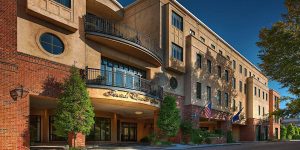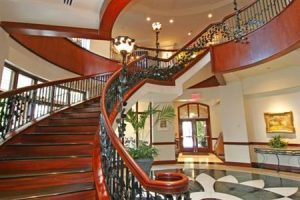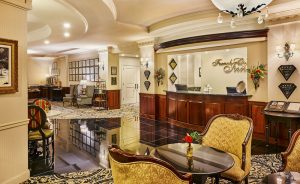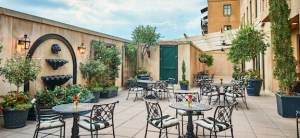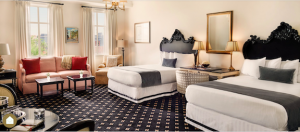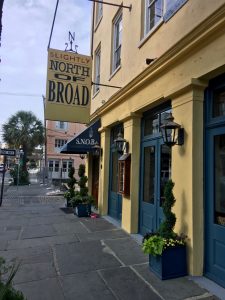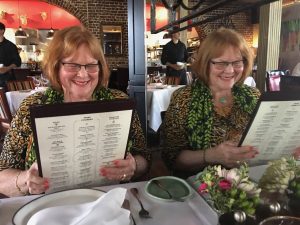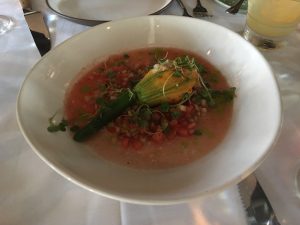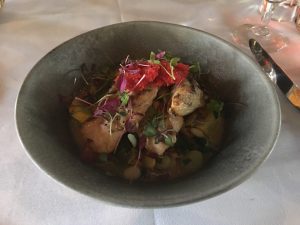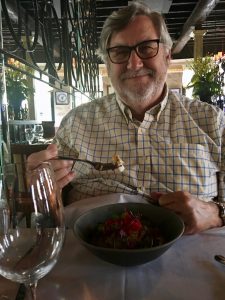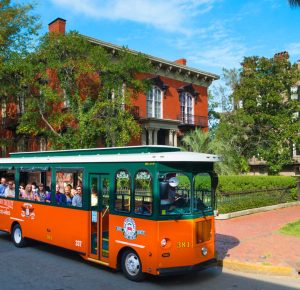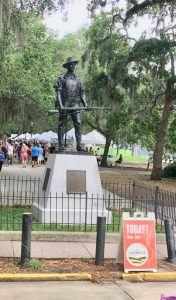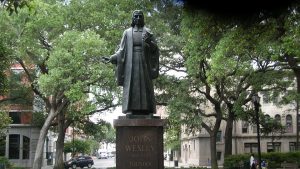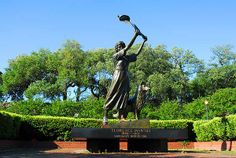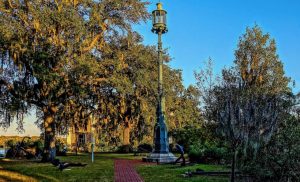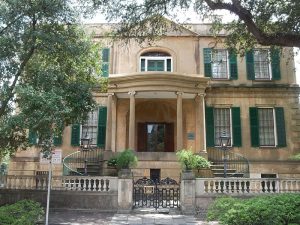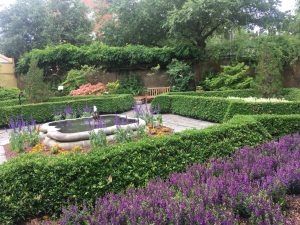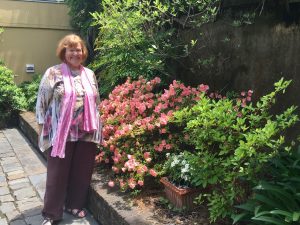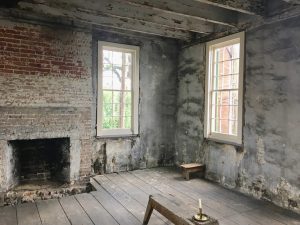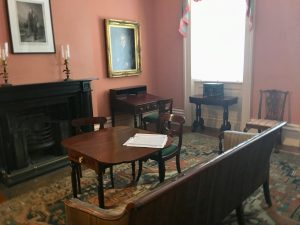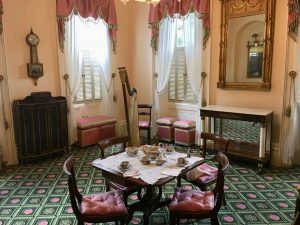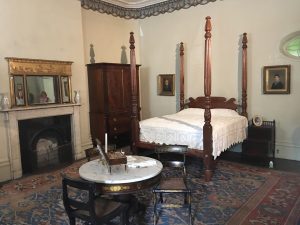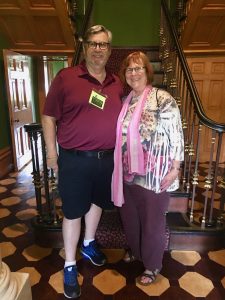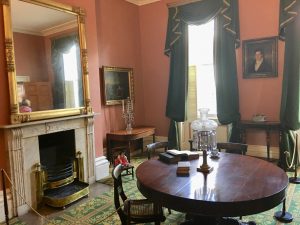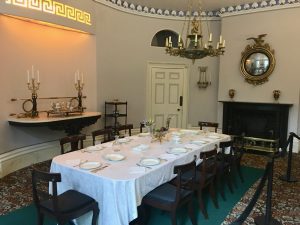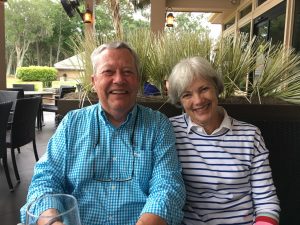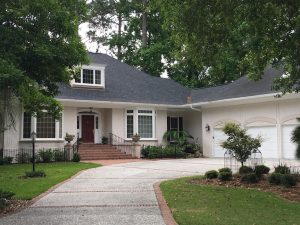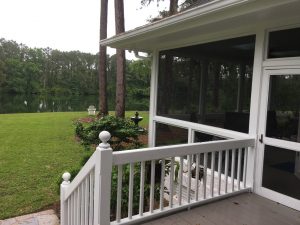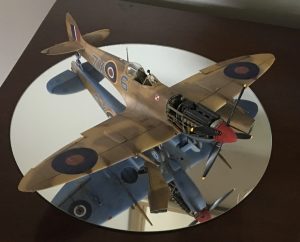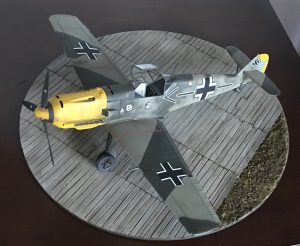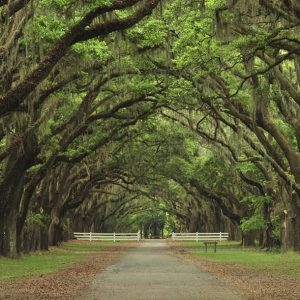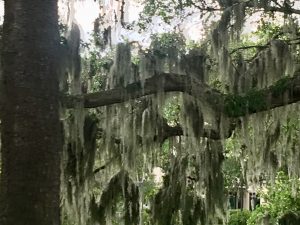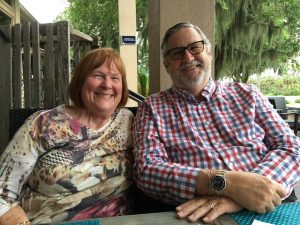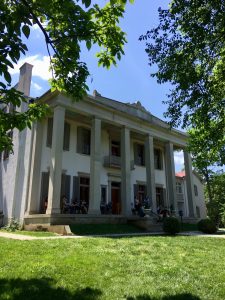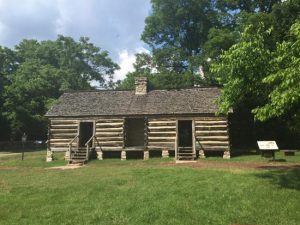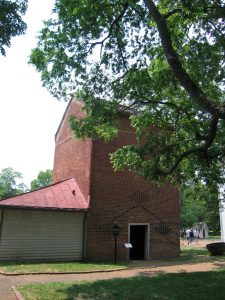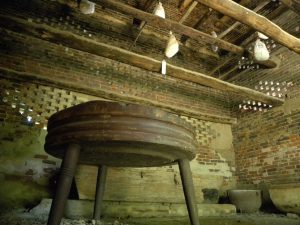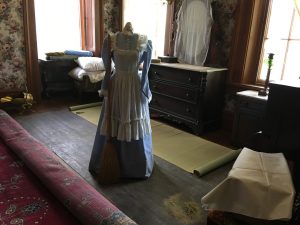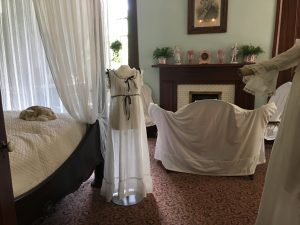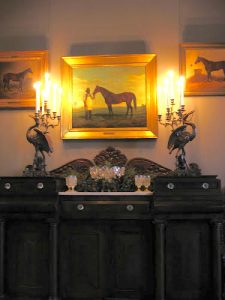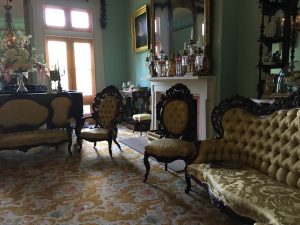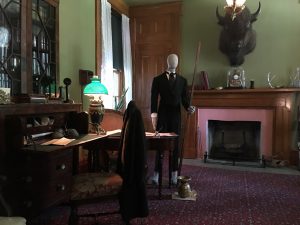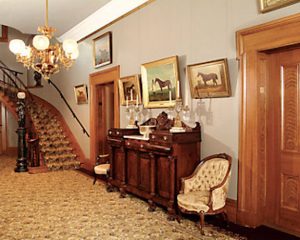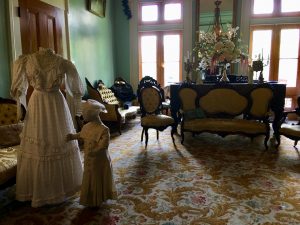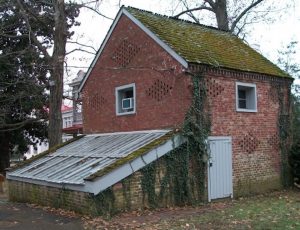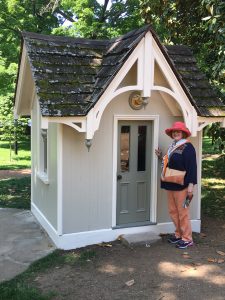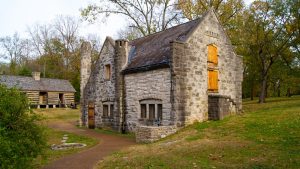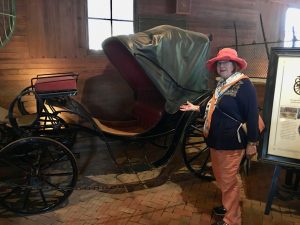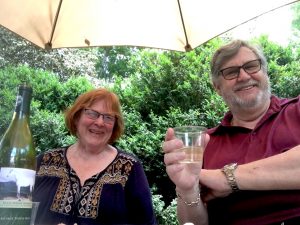In order to truly understand a city you need to walk the streets, see the sites and learn its history. To do this we took a walking tour conducted by a 13th generation Charlestonian – Martha and her sister Anne conduct tours of their city having lived in it for generations. Martha, our guide, is also a practicing archaeologist for 25 years. Her unique perspective and information was a treat as she walked us around the historic part of Charleston. Her ancestor arrived on the first ship (Carolina) arriving in 1670.
Founded in 1670 as Charles Town, honoring King Charles II of England, it became the fifth largest city in North America within 10 years. Incorporated as a city in 1783 at the close of the Revolutionary War; is defined by its cobblestone streets, horse-drawn carriages
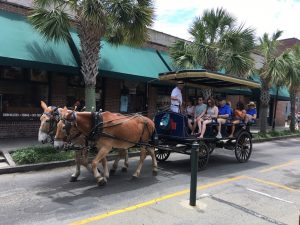
and pastel antebellum houses particularly in the elegant French Quarter (where we stayed) and the Battery district.
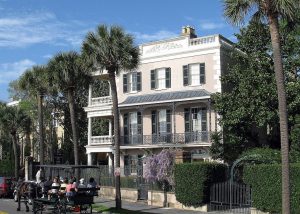
The Battery promenade and Waterfront Park both overlook Charleston Harbor, where Fort Sumter, is located and where the first shots of the Civil War rang out.
Originally the town had a fortification along the waterside made of brick and an earthen barrier on the land side to protect it from attack.
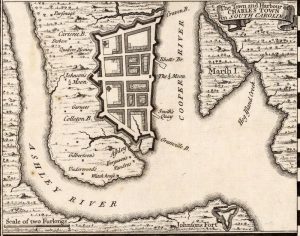
This made Charleston the only Walled City in the new world. Needless to say, nothing of the original wall remains visible (some foundations yes, walls no) but quite interesting to learn. Our walk included visits to a number of historical buildings (see photos) and through pedestrian alleyways.
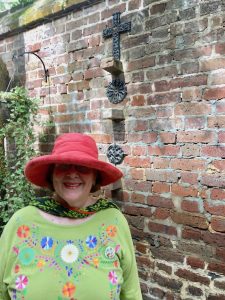
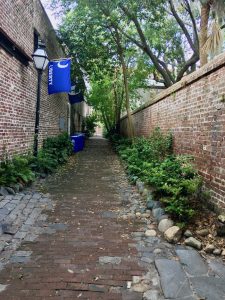
The style of building of homes called ‘single house’ usually had two large rooms on each floor with a doorway and stairs in the middle.
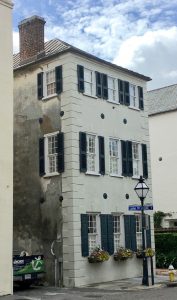
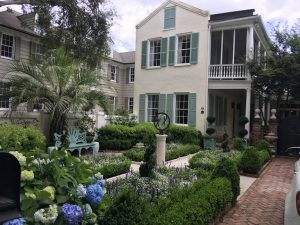
Entrance from the street was along the side of the house, not at the front but on the side. Many of these have a piazza or entrance hallway on the outside (open air) giving a place to relax in and catch the evening breeze.
An interesting point, Martha mentioned, was there are no rocks anywhere to be found anywhere around Charleston. ALL the cobblestones and stones used for buildings came from the ships ballast. Ballast stones were added to the bottom of ships coming to Charlestown and removed to make room for all the outgoing cargo. Virtually ALL the streets have cobble stone base but with asphalt installed to smooth the ride. There are a couple of streets that have been left as well as many sidewalks.
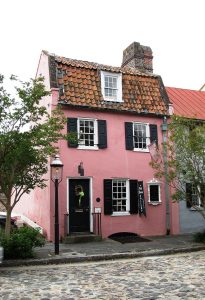
The number of church steeples and spires throughout the historic district is the reason Charleston is often called the “Holy City”. Methodist, Baptist, Catholic, Congregational, Presbyterian, French Haguenot,
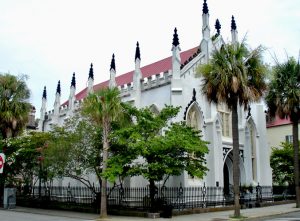
Episcopal
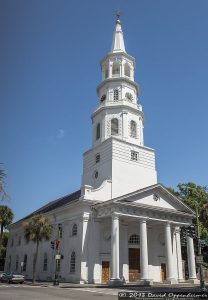
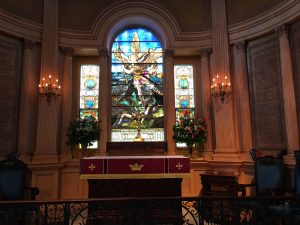
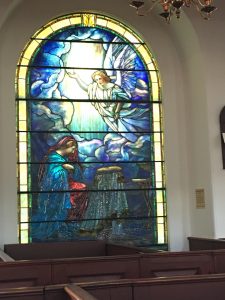
and other churches all have major sites throughout the area; many of them built in the early 1800’s.
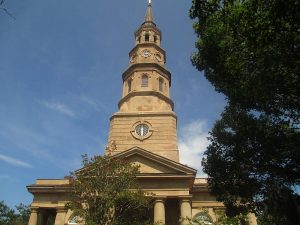
During the early days trading was the mainstay of the city but this changed over time to include rice, indigo and cotton.
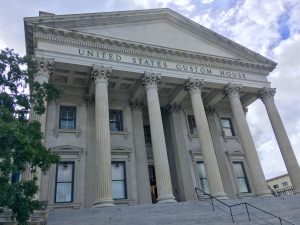
As we all know slavery was the labor force for many of these industries and Charleston was certainly in the center of those activities.
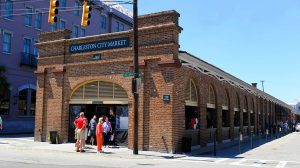
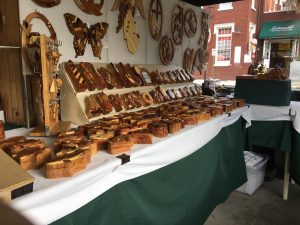

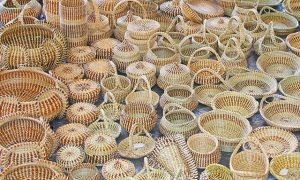
The historic part of town has the last remaining site that was used for slave auctions – originally a fire station and then a slavery auction site ,it is now a museum.

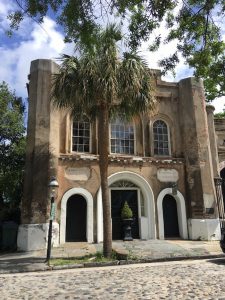
Our tour ended in the garden of Martha’s parents home – now a B&B where she shared more information, some cold drinks and answered questions. The tour and the overview of the City was very interesting and we are very glad we signed on for this tour.
